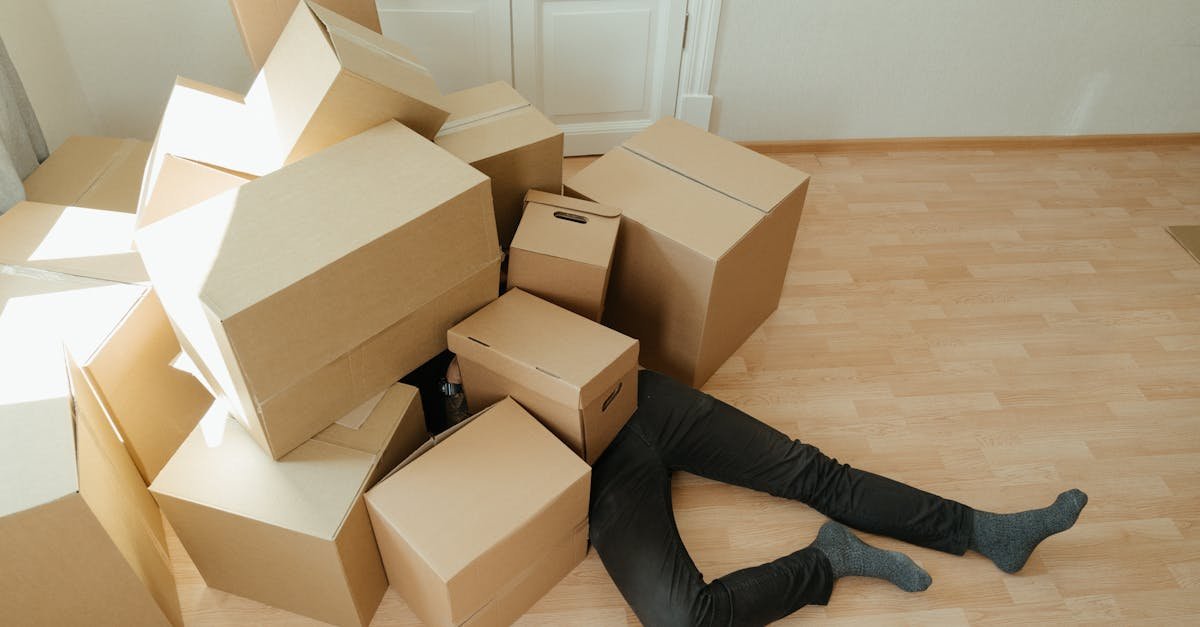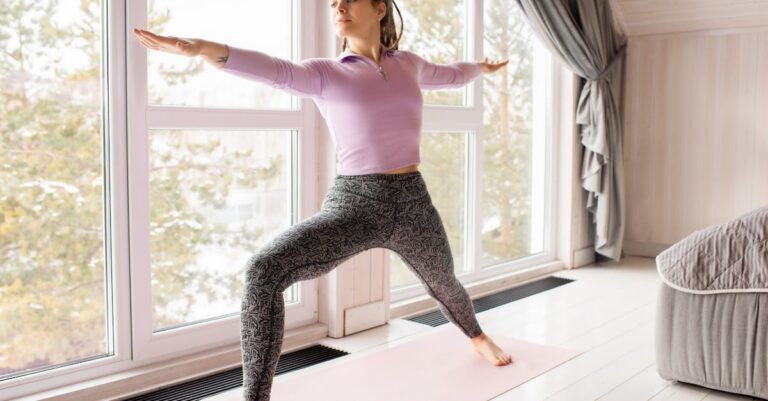Okay, let’s be real. Life is crazy busy. Between juggling work, maybe kids, errands, appointments, and trying to have some semblance of a social life, finding time to squeeze in exercise often feels like mission impossible. You know you *should* move more, but the thought of spending an hour at the gym? Forget about it. It just doesn’t fit. But what if you didn’t need an hour? What if just 15 minutes could actually make a real difference to how you feel? It sounds almost too good to be true, right? Well, stick around! In this article, we’re going to dive into why short bursts of exercise are surprisingly effective, show you some super simple workouts you can do right in your living room (no fancy gear needed!), and share some sneaky tricks to make it a regular habit. You’ll learn that getting fitter and feeling more energetic doesn’t require a huge time commitment.
Why 15 Minutes is Actually Enough
We often get stuck in an ‘all-or-nothing’ trap. We think, “If I can’t run five miles or spend an hour lifting weights, why even bother?” But that’s just not how our bodies work! Think about it like this: is it better to brush your teeth for two minutes every day, or for one hour once a month? Obviously, the short, consistent effort wins! The same goes for exercise. Doing a focused 15-minute workout gets your heart pumping, wakes up your muscles, and gives your metabolism a little nudge. It helps shake off stress and boosts your mood way faster than you’d think. Plus, doing something small and achievable every day builds momentum. Those 15-minute sessions really add up over the week, making a bigger impact than you might expect without feeling overwhelming.
The Magic of Bodyweight Exercises
So, what can you actually *do* in 15 minutes at home? This is where bodyweight exercises become your best friend. Seriously, you don’t need a treadmill or a rack of weights. Your own body is an amazing piece of workout equipment! Why? Because you’re using your own weight as resistance. When you do a squat, you’re lifting your body against gravity. When you do a push-up (even on your knees!), you’re pushing your weight away from the floor. It’s like carrying groceries upstairs – you feel the effort, right? That effort builds strength and stamina. Simple moves like lunges, planks (holding your body straight like a board), jumping jacks, or even just marching in place with high knees get the job done beautifully, and you can do them pretty much anywhere.
Putting Together Your 15-Minute Blast
Okay, how do you structure this? A super effective way is using something called High-Intensity Interval Training, or HIIT. Don’t let the fancy name scare you! It just means working hard for a short burst, then taking a very short rest, and repeating. This method is awesome for getting a lot done in a little time. For example, you could set a timer and do:
- Warm-up (2 minutes): Gentle movements like arm circles, leg swings, or light jogging in place.
- Workout Circuit (10 minutes):
- Squats: 45 seconds
- Rest: 15 seconds
- Push-ups (on knees or toes): 45 seconds
- Rest: 15 seconds
- Lunges (alternating legs): 45 seconds
- Rest: 15 seconds
- Plank: 45 seconds
- Rest: 15 seconds
Repeat this whole circuit one more time.
- Cool-down (3 minutes): Gentle stretching, holding each stretch for about 30 seconds. Try stretching your legs, arms, and chest.
See? Totally doable! And you can swap in other bodyweight exercises you like – maybe jumping jacks instead of lunges, or mountain climbers instead of a plank. Mix it up!
Making it Stick: Tips for Busy Bees
Knowing *what* to do is one thing, but actually *doing* it consistently when you’re swamped is the real challenge. Let’s be honest, motivation comes and goes. So, how do you build the habit?
- Schedule It: Seriously, put it in your calendar like a doctor’s appointment. “15 min workout” at 7:00 AM. It makes it feel more official and less like something you’ll “get to later” (which often means never).
- Morning Magic?: Lots of people find doing it first thing works best. Get it done before the day’s craziness takes over and gives you a million excuses.
- Remove Friction: Lay out your workout clothes (if you even change!) and any water bottle the night before. Make it SO easy to start that you barely have to think about it. Imagine wanting to make coffee, but the machine is clean and the beans are ground – you’re much more likely to do it!
- Find a Buddy: Tell a friend you’re doing this. You don’t have to work out together, but just checking in (“Did my 15 mins today!”) can make a huge difference.
It’s about making it a non-negotiable (but short!) part of your routine, just like brushing your teeth.
Listening to Your Body (Super Important!)
Alright, this bit is crucial. When you’re doing these exercises, especially if you’re new to them, focus on doing them right rather than doing them fast or doing a million reps. Bad form can lead to injuries, and that’ll definitely derail your fitness plans. Pay attention to how things feel. There’s a difference between muscle fatigue (that “good burn” feeling) and sharp pain. If something hurts badly, stop doing it! Don’t push through sharp pain. And remember, it’s totally okay to modify exercises. Can’t do a full push-up? Do them on your knees, or even standing up against a wall. Can’t hold a plank for 45 seconds? Hold it for 20. This isn’t a competition. It’s about moving your body safely and gradually getting stronger. Think of it like learning an instrument – you don’t start by playing a super complex piece perfectly; you start slow and build up.
Beyond Bodyweight: Adding Simple Tools (If You Want!)
While bodyweight exercises are awesome and more than enough, sometimes adding a simple tool can mix things up and keep it interesting down the line. We’re not talking about building a home gym here! Things like resistance bands (big elastic bands that add challenge), a jump rope (hello, cardio!), or even a single kettlebell or dumbbell can add variety. But honestly, these are just extras. You can get a fantastic workout with zero equipment. Don’t feel pressured to buy stuff! Sometimes having a plan laid out makes it easier too. There are lots of apps and online videos that offer guided 15-minute sessions so you don’t even have to think about what to do next, many using just bodyweight.
So, there you have it. Fitting fitness into a jam-packed life isn’t about finding huge chunks of time; it’s about using small pockets effectively. Those quick 15-minute home workouts, focused mainly on simple bodyweight moves, can genuinely boost your energy, melt away stress, and improve your health without needing hours you don’t have. Remember the key takeaways: short bursts work, consistency beats intensity, listening to your body is non-negotiable, and starting small is perfectly okay. You don’t need fancy equipment or a gym membership. You just need 15 minutes and a little bit of floor space. Give it a try! You might be surprised at how much better you feel. It’s all about making progress, not being perfect. You’ve got this!










